Plant growth chambers and controlled environment rooms simulate a wide range of climatic conditions so that plant science researchers are able to replicate environments consistently and repeatedly in controlled settings. Research using chambers and rooms is crucial for advancing our understanding of plant biology, contributing to agricultural innovation, and addressing important global challenges such as food security and climate change adaptation.
Determining the cost of a plant growth chamber or room is an essential part of the budgeting process when writing research grants and planning for and ultimately executing advanced research studies. Universities, research institutes, and private sector ag-biotechnology companies all have an interest in understanding the myriad capital and operational costs that need to be taken into consideration.
Price is influenced by a variety of factors, including size, customization needs, technology integration, and specific research requirements. The total cost of ownership, though, will include other considerations such as installation, utilities, maintenance, technology upgrades over time, and more.
In this article, we'll provide an overview of factors that influence the cost of reach-in plant growth chambers and their larger version of walk-in rooms. Insights will also be offered into how they're priced in the market and how to determine your own potential cost depending on your research needs and facility considerations.
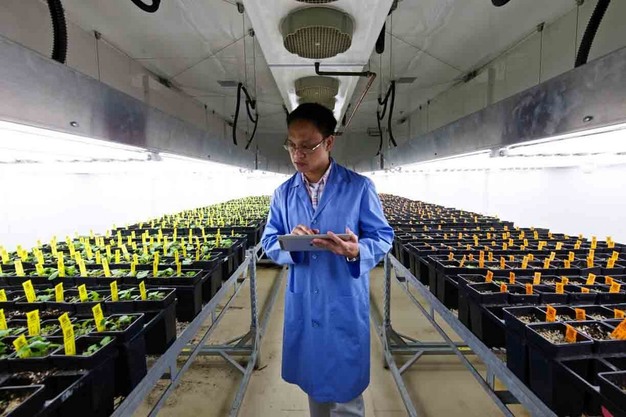
Market Cost of a Plant Growth Chamber
The cost of plant growth chambers spans a remarkably wide range, from as low as $5,000 to upwards of $1,000,000. This extensive price range is designed to accommodate a vast spectrum of research needs and applications. From basic seed germination in a small chamber to advanced genetic studies in large walk-in rooms - the variability in cost is driven by a few key aspects:
- Chamber Size: Larger chambers, capable of accommodating more plants over multiple tiers, command higher prices due to increased material, installation, and operational costs.
- Technological Sophistication: Chambers equipped with advanced technology for precise control over environmental conditions, LED lighting technologies with certain spectral qualities, and automated climate control systems are more expensive.
- Specific Research Needs: Custom features tailored to unique research requirements, like additive CO2, specific humidity ranges, or light spectra, can affect costs.
- Transport and Installation: Logistical requirements of delivering, installing, and commissioning plant growth chambers, especially larger models, add to the overall expense.
Plant growth chambers are used in a wide variety of plant research areas, and specific chamber features are needed to meet different research goals. The cost diversity of plant growth chambers underscores the importance of selecting a model that not only fits one's budget but also meets the unique demands of planned research or commercial projects.
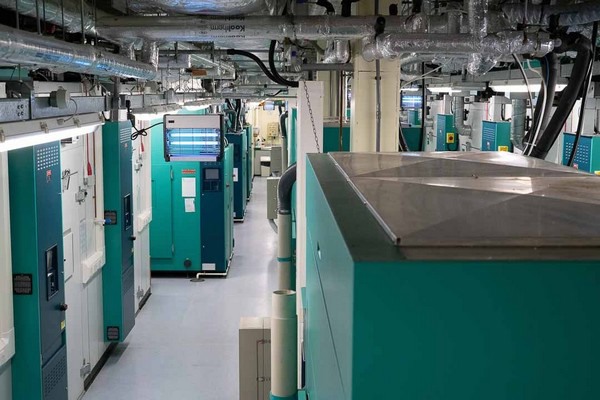
Factors Influencing Cost
Square Footage & Space Utilization:
Understanding how the physical size of a plant growth chamber impacts its cost is crucial for researchers planning their space and budget. Aspects to consider include:
- Cost per Square Foot: Prices can range from a few hundred dollars to $10,000 per square foot. Larger chambers demand more materials and sophisticated controls, driving up costs.
- Space Efficiency: Some plant growth chambers can adapt to accommodate changing requirements. The ability to "flex" to accommodate diverse plant sizes and quantities can affect pricing, but sometimes, those adaptable models are quite attractive and a better alternative to buying more chambers.
- Existing Space Accommodation: Compatibility with existing facility space also influences installation complexity and cost. Factors such as doorway sizes, ceiling height, access to freight elevators, and availability of utilities can affect whether a space can accommodate a new chamber or if modifications are needed.
The balance between chamber size and space efficiency plays a pivotal role in determining the initial price and the overall cost, guiding researchers to make choices that align with spatial and financial constraints.
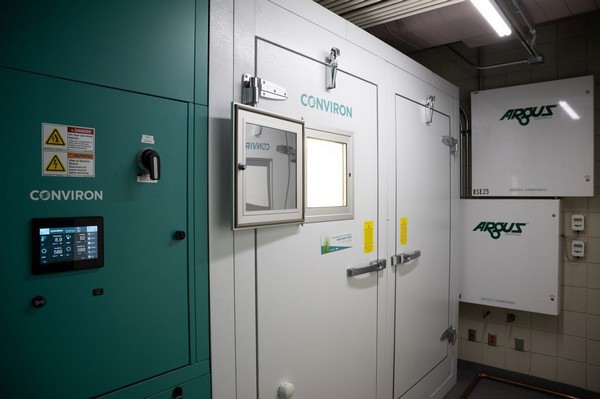
Technology & Customization:
The level of technological advancement and customization in a plant growth chamber directly correlates with its ability to meet specific research objectives, and it also influences overall cost. For example:
- Advanced Technologies: Incorporation of novel lighting technologies, precise climate controls, and non-standard options such as additive CO2 or humidification/dehumidification systems elevates costs but is crucial for simulating certain environmental conditions.
- Custom Features: Sourcing chambers with particular airflow patterns or specialized sensors adds complexity and increases the price. High-end technologies for detailed monitoring, remote monitoring, or integrating peripheral equipment, such as cameras or leaf temperature sensors, can further push costs upward.
- Integration with Existing Systems: The ability to integrate plant growth chambers with other large-scale equipment that involves moving plants in and out of chambers in an automated fashion, such as with plant phenotyping systems or databases, can also impact cost. Seamless integration allows for more automated data collection and analysis, which enhances research efficiency and accuracy but often requires additional software, hardware, and integration costs.
Investing in the right technology and customization enhances a chamber's research capabilities, but it also necessitates careful evaluation of the trade-offs between cost and potential research outcomes.
Utilities, Maintenance, & Total Cost of Ownership:
The long-term financial commitment to a plant growth chamber extends beyond its purchase price, encompassing installation, utilities, and maintenance.
- Utility Costs: Operating chambers, especially those simulating extreme conditions, increase utility expenses, contributing to ongoing operational costs.
- Maintenance & Upgrades: Regular maintenance and potential upgrades to modernize systems or address obsolescence are crucial for long-term chamber performance and reliability.
- Facility Adaptations & Additional Installations: Adapting existing facilities to accommodate new chambers or installing additional utilities can also contribute to the total cost. This might involve structural modifications, enhancing electrical capacity, or adding water lines, all of which require careful planning and budgeting.
These ongoing costs must be accounted for from the start to accurately assess the total cost of ownership. In so doing, you ensure that adding the plant growth chamber is a long-term asset to your university, research institute, or company. You also enable it to be an ongoing contributor to your success throughout its operational life.
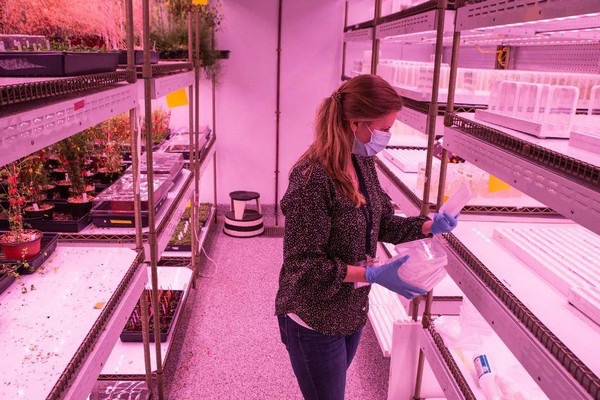
Preventative Maintenance Costs:
When you choose a plant growth chamber manufacturer to source from, ensure that they have a solid preventative maintenance program. While choosing a preventative maintenance program will contribute to higher initial financial investment, it can be substantially offset by maximizing uptime and minimizing any delays in your research or crop loss.
High-quality control systems identify the run-time of important systems like lighting and refrigeration systems. As such, they can flag minor issues before they escalate into major problems, extending the lifespan of the chamber and minimizing the need for costly repairs. This strategic approach to selecting plant growth chambers underscores the importance of considering not just the initial purchase price but the total cost of ownership over time.
Key Takeaways
As we've explored, the cost of a plant growth chamber is influenced by myriad factors, including size and square footage, technological sophistication, customization, ongoing utilities, and maintenance. Collectively, these elements determine the initial investment and the long-term investment required for a plant growth chamber or plant growth room.
An essential strategy for optimizing your investment is early consultation with a plant growth chamber manufacturer. Communicating with a reputable manufacturer at the outset can significantly mitigate unexpected costs and prevent scope creep, particularly in new builds or renovations. This early dialogue ensures that the selected plant growth chamber or room aligns with your specific research needs but also fits seamlessly within existing or planned facility constraints.
Leveraging manufacturer expertise early in the planning process offers a pathway to navigate the complexities of installation and integration, ensuring a successful and cost-effective implementation of the chamber into your facility's research infrastructure.
Careful consideration, planning, and early manufacturer involvement can be important in selecting a plant growth chamber that meets research objectives while adhering to budgetary constraints. In this way, researchers and facility personnel can make informed decisions together and ensure their investment efficiently and effectively supports their scientific endeavors.
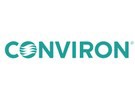 For more information:
For more information:
Conviron
www.conviron.com
